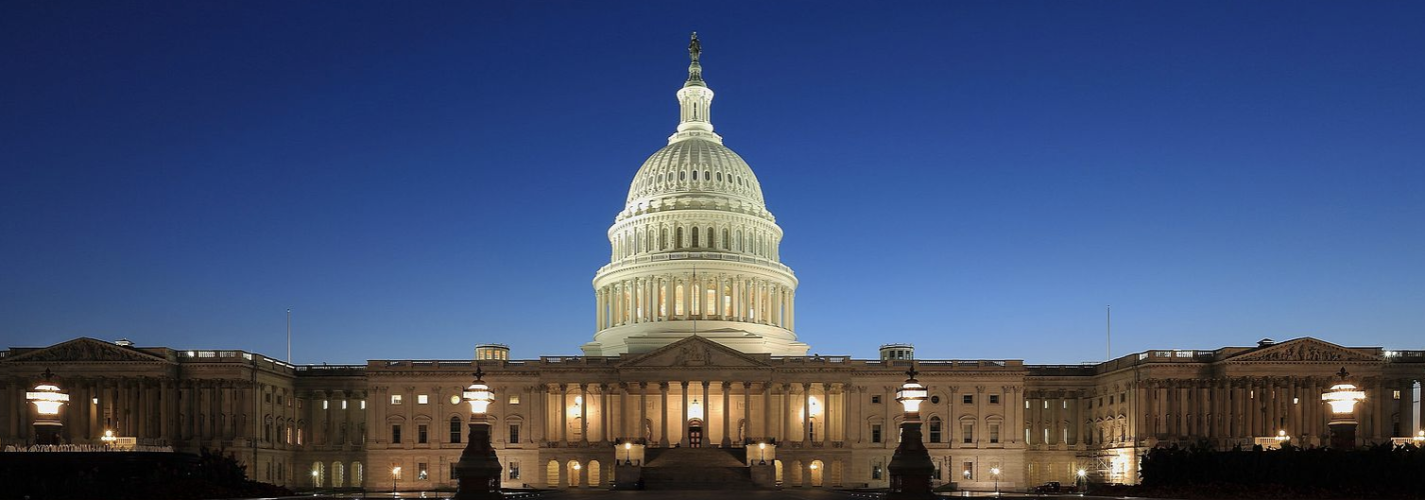What Does the American Rescue Plan Mean for Education in Minnesota?
By Krista Kaput
In mid-March, President Biden signed the $1.9 trillion American Rescue Plan Act of 2021 (ARP), which includes $170 billion in relief for education:
- $123 billion for K-12 education through the Elementary and Secondary School Emergency Relief Fund (ESSER),
- $3 billion for the Individuals with Disabilities Education Act (IDEA)
- $40 billion for higher education, and
- $2.75 billion for independent schools.
Of the $123 billion allocated for K-12 schools, Minnesota will receive $1.3 billion. Here, we highlight what this means for schools and students.
Direct funding for schools and districts
At least 90% of the federal stimulus funding ($1.18 billion) will go directly to local districts and charter schools through the Title 1 formula, which is based on the number of students who qualify for free or reduced-price lunch. On average, this is about $1,492 additional dollars per student—though actual allocations will vary quite a bit, with high-poverty districts receiving significant infusions of support.
How can schools spend ARP funds?
Like the previous two stimulus packages, schools have a lot of discretion in how they can spend these funds. However, a new ARP provision requires districts that receive the money set aside at least 20% to address learning loss, including high-dosage tutoring, extended school year, and summer enrichment. This sets a clear floor for districts to build from, ideally dedicating additional funds to mental health supports, investments in early literacy, wraparound supports, tutoring, and other short-term or one-time investments to improve student outcomes.
While it will be important to get recovery-focused programming off the ground as soon as possible, schools have flexibility to use the funds through September 30, 2024. This will be important for larger districts that receive significant infusions of support that should be concentrated up front, but then spent down gradually over time. Districts should ensure that they are engaging with families and educators to support the areas of greatest need, balancing students’ immediate and long-term needs.
Funding for statewide initiatives
The remaining 10% of K-12 ARP funds ($132 million) will go to the Minnesota Department of Education (MDE). Unlike the other two stimulus funds, ARP is more prescriptive on how the states must use their extra federal dollars:
- At least 5% must be used to address learning loss by supporting the implementation of “evidence-based interventions” like extended day and year, after-school programming, and summer programming,
- At least 1% must be used for after-school programs that are meant to address students’ academic and social-emotional needs,
- At least 1% must be used for summer enrichment and learning programs, and
- Up to 0.5% can be used by MDE for administering the federal funds.
The remaining state funds can be used at MDE’s discretion, including upgrading school facilities, helping with reopening schools, stabilizing and diversifying the teacher workforce, and wraparound services.
Maintenance of effort and equity provisions
The bill also includes several provisions that are meant to ensure that the federal funds are used in addition to, and not instead of, state and local funding. This will help ensure that schools aren’t actually worse off after the stimulus funds are gone due to the erosion of long-term state funding streams.
To meet the “effort” component of these provisions, states must continue to fund public education at the same level as they did in 2017-2019—specifically ensuring that education gets the same share of total state spending. What does this mean? Minnesota would need to continue to spend 42% of the general fund on public education, which is on par with current spending.
For the “equity” part of the provisions, there are different requirements at the state and district level. At the state level, Minnesota would need to ensure that the per-pupil funding for the state’s high-poverty districts—meaning they serve at least 20% of students who qualify for free or reduced-price lunch (FRPL)—is the same as 2019 ($6,312). Furthermore, if any cuts are made, then high-need districts would need to experience a lower overall reduction in state funding.
For districts, this means they do not reduce funding or staff in any high-poverty school—the top 25% of schools for FRPL students—that exceeds the reduction in funding or staff by more than district-wide reductions.
Other K-12 education allocations
In addition to the direct funding to schools and MDE, there is also an additional $3 billion in funding for the Individuals with Disabilities Education Act (IDEA) and $800 million to support homeless students.
Governors will also receive $2.75 billion to support nonpublic schools that serve “a significant percentage of low-income students.” The money cannot be used for tuition or scholarships, but must be used for COVID-19 related needs like addressing learning loss and expanding access to educational technology to help with remote or hybrid learning.
Additional supports for students & families
There are a number of other ARP provisions that will support students and families more broadly, including:
- $1 billion for Head Start,
- $350 billion for state, local, territorial and tribal governments to mitigate the economic impact of COVID-19—can include aid to households, government services, expanding internet access, and more,
- $7.1 billion for the federal E-Rate program, which will provide technology and internet access to students, families, and educators,
- $39 million for child care relief, including $15 billion to expand the Child Care and Development Block Grant and $24 billion in stabilization funds for childcare providers, and
- Expanding the Earned Income Tax Credit and the Child Tax Credit, which is estimated to lift more than 5.5 million children above the poverty line.
The ARP has the potential to provide transformative support to children and families, but much work lies ahead. In the coming months, it will be critical for state, local, and district leaders to work closely with students, parents, and community members to build visionary plans to address the deep slate of needs facing Minnesota youth.

